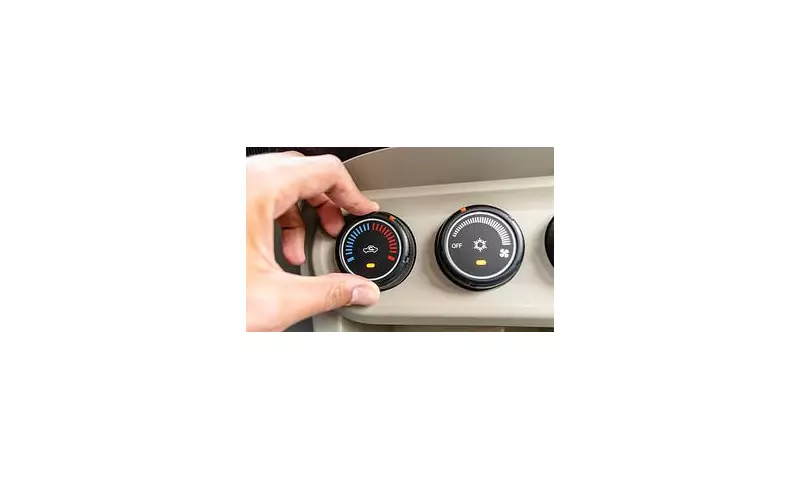
British motorists facing the winter chill now have scientific guidance for the perfect car temperature setting, thanks to groundbreaking research from leading UK universities.
The Science Behind the Perfect Temperature
Researchers from University College London and the University of Surrey have discovered that setting your car heater to precisely 21°C creates the optimal balance between comfort and alertness. This temperature keeps drivers sufficiently warm without inducing the drowsiness that often accompanies excessive warmth.
Why 21 Degrees Matters
The study reveals that temperatures significantly higher than 21°C can reduce driver reaction times by up to 15%, creating potentially dangerous situations on winter roads. "When the cabin becomes too warm, drivers experience a physiological response that mimics fatigue," explains Dr. Michael Clark, lead researcher on the project.
Fuel Efficiency Benefits
Beyond safety considerations, maintaining this optimal temperature can lead to substantial fuel savings. The research indicates that for every degree above 21°C, fuel consumption increases by approximately 3-5% as the heating system works harder to maintain elevated temperatures.
Practical Winter Driving Tips
- Start with a slightly warmer temperature to quickly clear windows, then reduce to 21°C
- Use heated seats and steering wheels for personal warmth instead of raising cabin temperature
- Dress in layers that can be adjusted as the cabin reaches optimal temperature
- Regularly check and maintain your heating system for maximum efficiency
The Environmental Impact
With millions of vehicles on UK roads during winter months, collective adoption of this temperature guidance could significantly reduce national fuel consumption and carbon emissions. "It's a simple change that benefits both the individual driver and the environment," notes Professor Sarah Jenkins from the University of Surrey.
The research team emphasizes that while 21°C serves as the ideal baseline, individual preferences and specific weather conditions may require minor adjustments. However, staying close to this temperature benchmark provides the best combination of comfort, safety, and efficiency for winter driving.





